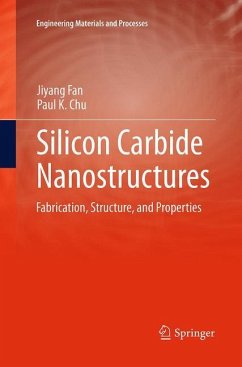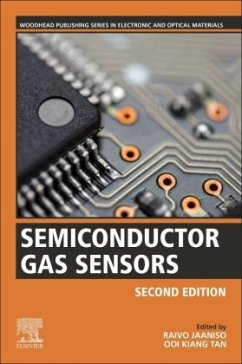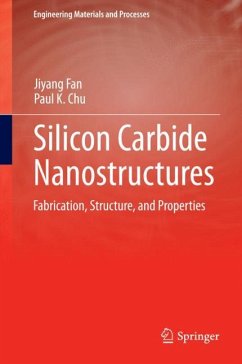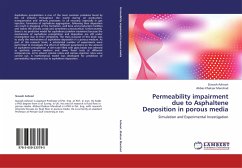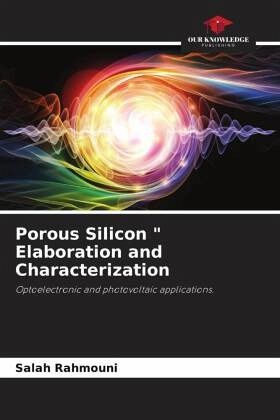
Porous Silicon " Elaboration and Characterization
Optoelectronic and photovoltaic applications.
Versandkostenfrei!
Versandfertig in 6-10 Tagen
29,99 €
inkl. MwSt.

PAYBACK Punkte
15 °P sammeln!
In our work, we are interested in studying the transformation phenomenon of single crystal silicon layers into nanostructured silicon. Several samples of porous silicon were made by electrochemical anodization on Si (100) P-type and Si (100) N-type substrates, by varying some experimental parameters such as current intensity and anodization duration and the composition of the electrolyte. In order to carry out our work, we characterized the properties of the elaborated layers by different methods of morphological, structural and optoelectronic characterization: SEM, photoluminescence (PL), Inf...
In our work, we are interested in studying the transformation phenomenon of single crystal silicon layers into nanostructured silicon. Several samples of porous silicon were made by electrochemical anodization on Si (100) P-type and Si (100) N-type substrates, by varying some experimental parameters such as current intensity and anodization duration and the composition of the electrolyte. In order to carry out our work, we characterized the properties of the elaborated layers by different methods of morphological, structural and optoelectronic characterization: SEM, photoluminescence (PL), Infra Red (FTIR), ES Ellipsometry and Reflectance measurement. The results of the analyses allowed us to highlight the influence of the anodization parameters and in particular the current intensity and the anodization duration. The calculation of the porosity of the nanostructured layers gives us a variation of the latter ranging from 45 to 80%. By a judicious choice of the experimental parameters it is possible to control the size of the nanostructures and the porosity of the elaborated samples.





